Reflection & Insights
Welcome to where personal reflection meets practical insight. Here, we delve into how things show up in the world, examining the subtle forces and overt challenges that mould and shape the impression we leave in people’s minds. I also share my more general musings on strategic thinking and, occasionally, life.
My writing aims to marry critical thinking with a dose of observational English wit. My goal is to bring you value in the form of new perspectives that might inspire, clarify, or motivate change so that we all become that little bit better every day.
Filter by Category
Stats Need a Story Too
Data, research and statistics are all great for making and validating key points; however, without context, they can also be dangerous, particularly when the audience returns to your slides or has to present them to someone else.
Sometimes, the stat will come before the story, ‘Hey, we have this great research that should be in the deck.’ Or there will be a push to include specific data because there is a feeling that making the point without them lacks substance or because the number itself feels powerful.
Three Pillars of Confidence
When landing key messages, moving the audience to action, and winning business are the desired outcomes, three things matter:
Confidence in your presence
How do you show up when it comes time to present important messages, solutions and ideas?
Confidence in the story structure
How does your content show up in your presentation?
Confidence in the audience needs
How does what you do show up in relation to what the audience needs?
Shorter Stories
How does it feel when the time you thought you had to present gets cut in half?
The importance of crafting a narrative that guides a flowing story extends beyond how we receive, process, and store information and even beyond how it helps us present and the audience stay connected. These are amazing benefits on their own, but stories also help us compress and expand when circumstances change. And change they will.
Three Aud - Impacted
Every strategic storyteller needs to feel the pain of the problem.
To assist you in crafting a compelling story that connects your content with your audience, you need to determine the smallest number of people who can have the most significant impact on what happens next for you and your content.
Three Aud - Influencer
Managing the Influencer is critical to staying in the game.
To assist you in crafting a compelling story that connects your content with your audience, you need to determine the smallest number of people who can have the most significant impact on what happens next for you and your content.
Three Aud - Connector
Without a Connector there is no point in presenting.
To assist you in crafting a compelling story that connects your content with your audience, you need to determine the smallest number of people who can have the most significant impact on what happens next for you and your content.
Who Matters Most?
Until the audience has what they need, it will be difficult for them to give you what you need.
Let’s establish a basic principle: when you present anything that won’t be approved, actioned, signed off on or bought on the spot, you need your content to have a life beyond this first presentation.
You might only present it once, but to get any follow-up—whether that is feedback or direction on the next steps—your content will be reviewed, cut down, and shared with others, perhaps several times before you hear anything.
Knowing the Change: The Key to Managing Your Sea of Content
As a client, I have often felt lost, confused and even frustrated when I could see there was the genesis of a good idea being presented to me, but I couldn’t see how I could take these slides and present them to my team or how I could explain exactly what was presented further up into the company for buy-in or sign-off. One thing I can be certain of is that if someone is confused by what they have seen, they are sure as hell not going to try to explain it to their boss.
Storyboards Come First
Filming a movie without a storyboard is a recipe for disaster
And it’s the same for presentations.
Given that I deal with content delivered using some form of visual support, be that PowerPoint, Google Slides, Keynote or even Canva, there is a flaw within each platform you should know about. Slides are evil.











